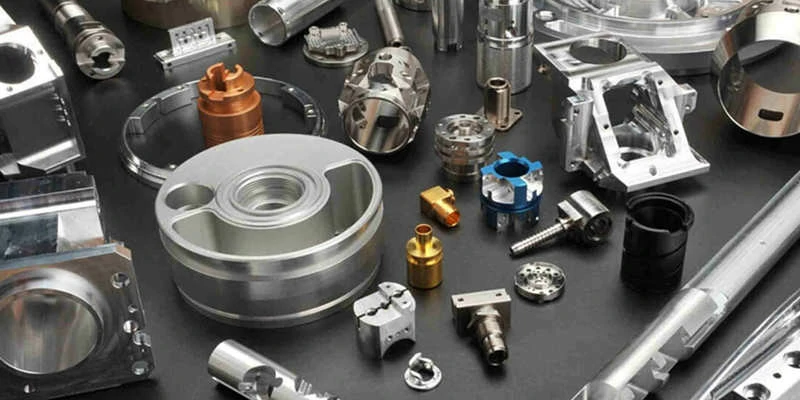CNC Product Parts Processing Technology
Introduction:
With the rapid advancement of technology, the manufacturing industry has witnessed significant advancements in various fields. One such area is CNC (Computer Numerical Control) product parts processing technology. CNC technology has revolutionized the way products are manufactured, offering efficiency, accuracy, and flexibility. In this article, we will explore the intricacies of CNC product parts processing technology and its impact on the manufacturing industry.
Definition and Working Principle:
CNC product parts processing technology involves the use of computer-controlled machines to fabricate components with precise dimensions and shapes. These machines interpret design specifications stored in a computer program and translate them into physical actions. The working principle revolves around three main components: the program, the machine, and the cutting tools. The program provides instructions to the machine, guiding it to move the cutting tools along predetermined paths to shape the raw material.
Advantages of CNC Product Parts Processing Technology:
1. Precision and Accuracy: CNC machines can achieve high levels of precision and accuracy, resulting in products with consistent quality. They can perform intricate operations with tight tolerances, ensuring that each part matches the exact design specifications.
2. Efficiency and Speed: CNC machines operate at high speeds, enabling manufacturers to produce products much faster compared to traditional methods. The automation of the process also minimizes human errors and reduces production time.
3. Flexibility and Versatility: CNC machines offer great flexibility as they can be reprogrammed to manufacture different parts without the need for extensive retooling. This versatility allows manufacturers to adapt quickly to changing market demands and produce customized products efficiently.
4. Complex Geometries: CNC machines can create complex geometric shapes that would be challenging or impossible to achieve using conventional machining techniques. This capability opens up new design possibilities and allows for innovative product development.
Applications of CNC Product Parts Processing Technology:
1. Automotive Industry: CNC technology plays a vital role in the automotive industry by manufacturing engine components, transmission parts, and body panels. The precision and efficiency of CNC machines contribute to the overall reliability and performance of vehicles.
2. Aerospace Industry: In the aerospace sector, CNC product parts processing technology is used to fabricate complex components for aircraft and spacecraft. These machines are capable of producing intricate designs and maintaining strict tolerances necessary for aerospace applications.
3. Electronics Industry: CNC technology is widely employed in the production of electronic devices such as smartphones, computers, and circuit boards. The precision and speed of CNC machines help in manufacturing small, intricate parts with high accuracy.
4. Medical Industry: CNC machines are extensively used in the medical field to produce surgical instruments, prosthetics, and medical devices. The ability to create intricate shapes and maintain precise dimensions is crucial in this industry to ensure the safety and effectiveness of the products.
Conclusion:
CNC product parts processing technology has transformed the manufacturing industry by offering improved precision, efficiency, and versatility. It has revolutionized the way products are designed and manufactured, enabling manufacturers to produce high-quality components with great accuracy and speed. As technology continues to evolve, CNC machines are likely to become even more advanced, leading to further advancements in the manufacturing sector.
.webp)



